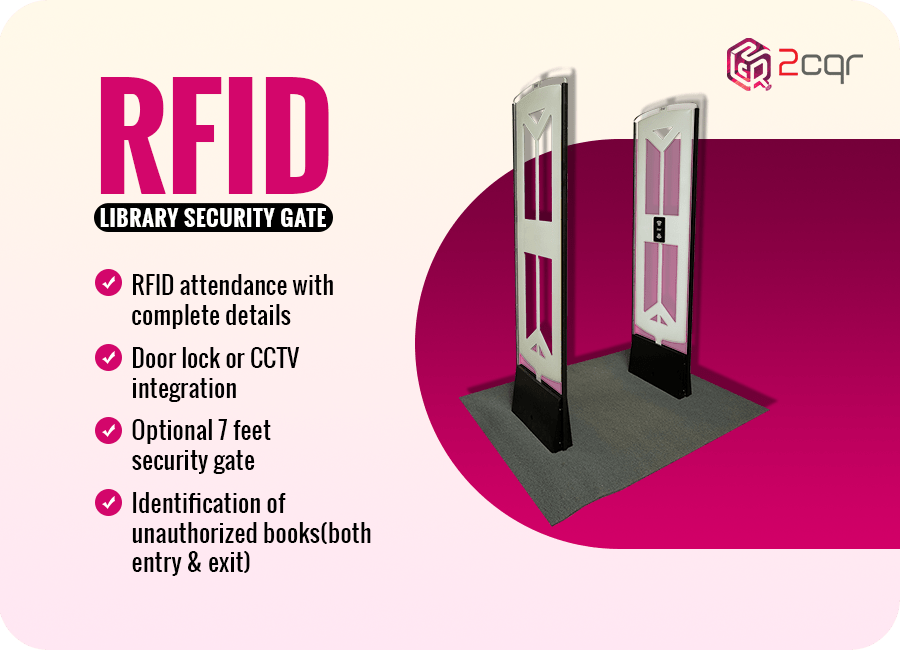
Ensuring RFID Tags Performance in Libraries: Protecting Your Investments
RFID systems have revolutionised library operations, enhancing efficiency and offering an improved user experience. The cornerstone of these systems lies in the RFID tags attached to library resources, from books to media items.
However, for the seamless operation of these systems, the integrity of these tags is significant. Even the slightest disruption can impair tag functionality, potentially causing setbacks in library management activities.
This article delves into the common threats to RFID tags when using RFID for library and explores how you can safeguard these essential components.
Avoiding Physical Contact with Metal Surfaces
In the bustling environment of libraries, RFID-tagged items often come into contact with metal surfaces or other resources. These interactions, when not managed properly, can lead to tag damage and data loss. To mitigate this risk, it’s crucial to select strategic tag placement to minimize the possibility of contact with metal surfaces. Proper positioning ensures the longevity of the tags and their functionality.
Proper Tag Removal and Reuse
In an effort to optimise costs, libraries often reuse RFID tags. The process involves removing tags from one resource to place them on another. However, the potential for damage is significant during this transition. Proper care and guidance from reliable RFID tag manufacturers and suppliers are essential during tag removal and reuse. This not only preserves valuable information but also maintains the security and efficiency of library operations.
Environmental Factors: The Silent Threat
Environmental conditions play a significant role in the health of RFID tags. Factors like extreme heat, humidity, excessive pressure, or exposure to water beyond normal ranges can lead to wear and tear on the tag’s internal components.
This damage can render tags unreadable by RFID readers, disrupting crucial library activities such as check-ins, check-outs, inventory management, and security alerts. Maintaining ideal climatic conditions and conducting periodic maintenance are key practices to ensure the longevity of RFID tags.
Guarding Against Electromagnetic Fields
Libraries are filled with electronic devices, equipment, and staff and users carrying electronics. This presence creates strong electromagnetic fields, particularly around RFID-based security gates. Unfortunately, these fields can damage the chips inside RFID tags, leading to data loss and the need for tag replacement. To safeguard your tags from electromagnetic damage, consider using materials that can withstand these fields, adding an extra layer of protection.
Addressing Interference Issues
Interference caused by the presence of metals and other tags in close proximity is a significant threat to RFID tags. Choosing the right type of RFID tags that are compatible with the materials they will be affixed to and their intended locations is crucial. Organising library resources on shelves with adequate spacing helps minimise interference, ensuring your tags can function optimally.
By understanding these common threats and taking the necessary precautions, libraries can ensure the long-lasting performance of their RFID tags. These simple steps will not only preserve valuable data but also maintain the efficiency and security of library management activities. Safeguarding your RFID investments will keep your library running smoothly, benefitting both staff and patrons alike.


